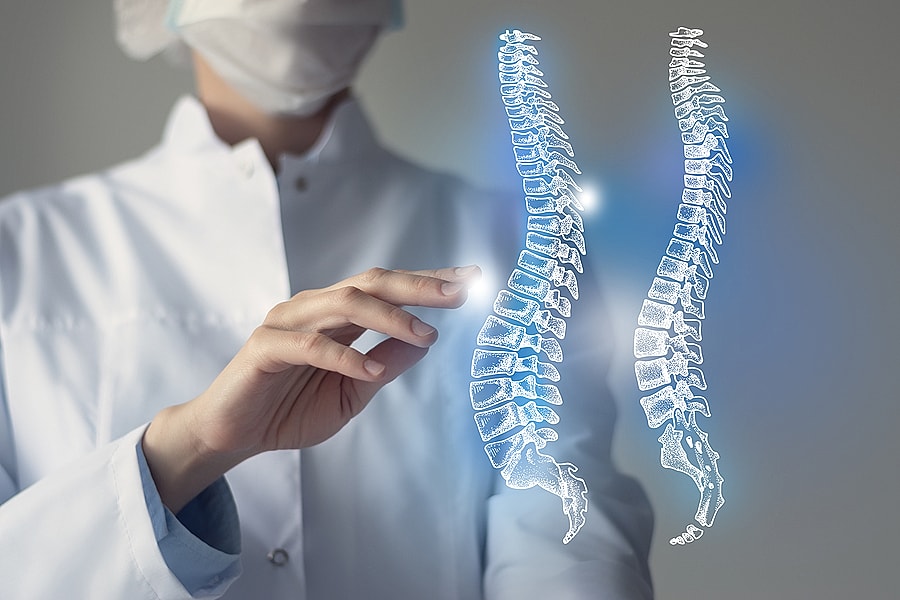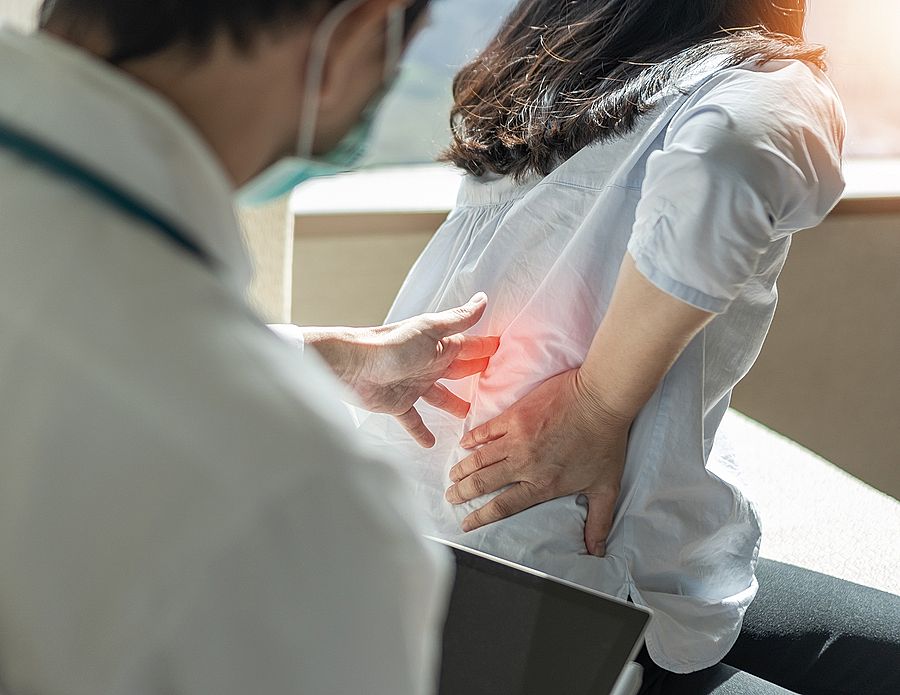
Spinal instability is a condition that causes abnormal movement between the vertebrae that make up the spine. It is often caused by trauma or degenerative conditions, and it can lead to a variety of issues that can seriously impact an individual's quality of life. By educating my patients and developing personalized treatment plans, that impact can be significantly reduced.
Pain is the most common symptom of spinal instability. The pain may be felt in the back, neck, or legs, and it may be sharp or dull. The pain may be worse with movement and can be aggravated by certain activities.
Numbness or tingling in the legs or arms may occur as a result of spinal instability. This is often caused by compression of the nerves in the spinal column.
Weakness in the arms or legs may also be a symptom of spinal instability. This can make it difficult to perform everyday activities, such as lifting objects or walking up stairs.
Spinal instability can limit your range of motion, making it difficult to move your neck or back. This can cause stiffness and discomfort, especially in the morning or after sitting for extended periods.
A feeling of instability or weakness in the spine may be present. This can cause difficulty in maintaining proper posture or balance, which can increase the risk of falls or injuries.
Trauma to the spine, such as a car accident or a fall, can cause spinal instability. This is often due to fractures or dislocations in the spine that disrupt the normal alignment of the vertebrae.
Degenerative disc disease is a condition in which the discs between the vertebrae break down over time. This can cause spinal instability, as the discs provide cushioning and support for the spine.
A herniated disc occurs when the inner portion of a spinal disc bulges out. This can put pressure on the nerves and cause spinal instability. Herniated discs are often caused by age-related wear and tear or by sudden trauma to the spine.
Spinal stenosis occurs when the spinal canal narrows, putting pressure on the nerves. This can cause spinal instability, as the nerves may become compressed or irritated. Spinal stenosis can be caused by a variety of factors, including age, bone spurs, herniated discs, genetic conditions, and previous spinal injuries.
Osteoarthritis is a degenerative joint disease that can affect the spine. This can cause spinal instability over time, as the joints between the vertebrae become worn down and lose their ability to provide support.

Physical therapy can be an effective treatment for spinal instability. A physical therapist can help you develop exercises that will strengthen your core muscles and improve your posture. They can also teach you techniques for managing pain and reducing inflammation in the spine.
Medications such as anti-inflammatory drugs and muscle relaxants may be prescribed to help relieve pain and inflammation. These medications can be especially helpful for managing acute symptoms of spinal instability, such as severe pain or muscle spasms.
A brace can be worn to provide support to the spine and prevent further damage. Braces are often used in conjunction with physical therapy to help stabilize the spine and reduce pain.
Injections such as epidural steroid injections can be used to reduce inflammation and relieve pain. These injections are often used as a temporary measure to manage acute symptoms of spinal instability.
Surgery may be necessary in some cases of spinal instability. A spinal fusion procedure may be recommended to stabilize the spine and prevent further damage. This involves fusing together two or more vertebrae using metal plates or screws. Another surgical option is a laminectomy, which involves removing a portion of the vertebrae to relieve pressure on the spinal cord or nerves.
Proper posture can help to reduce strain on the spine and prevent the development of spinal instability.
Regular exercise can help to strengthen the muscles that support the spine and reduce your risk of developing degenerative conditions such as degenerative disc disease or osteoarthritis.
Smoking can increase your risk of developing degenerative conditions that can lead to spinal instability.
Excess weight can put added strain on the spine, increasing your risk of developing spinal instability.

If you're experiencing spinal instability that is keeping you from doing the things you love or putting you at risk of injury, contact us to arrange a consultation today. My team and I are committed to offering exceptional care and assistance, and we possess significant expertise in spinal instability. By delivering a customized approach to care and prioritizing patient education, we are confident that we can offer you optimal care for your spinal condition and make sure you enjoy your life.